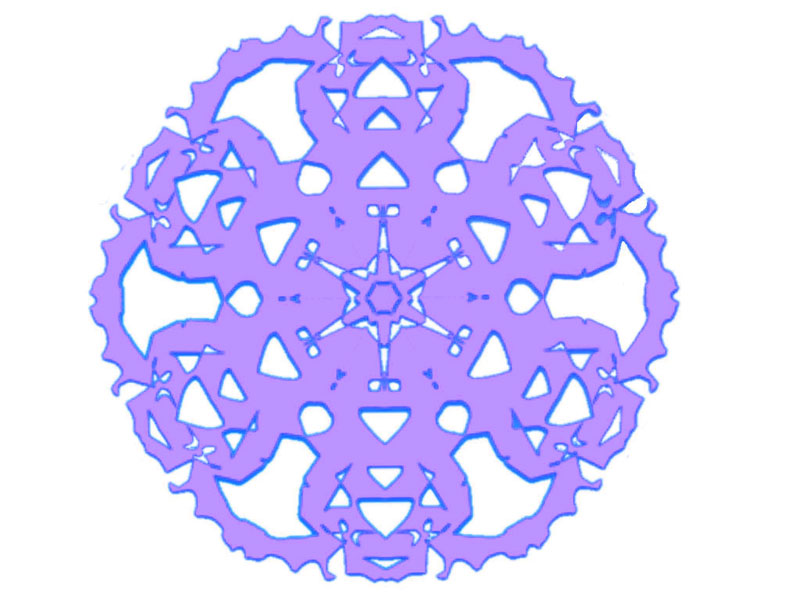Why Do Snowflakes Form?
The science behind snowflakes
December 20, 2016
Snowflakes are winter’s hieroglyphics. They paint intricate patterns that tell the story of their creation and paint whimsical joy in our hearts. Snowflakes flutter through the crisp air, laying kisses on your rosy cheeks but rarely inspiring the question of where they come from.
A popular misconception is that snowflakes are simply frozen raindrops, however, this is untrue. A snowflake is water vapor that directly becomes ice by completely skipping the liquid stage. This nascent occurrence can create many different styles of snowflakes, the most common being the Stellar Dendrites, which have radial symmetry. The hexagonal water crystals that are a seemingly perfect example of uniqueness and symmetry twiddle through the air and collect water molecules. These molecules accumulate along the corners, connecting the six facets and crystallize in a direct relation to the humidity, temperature, and extremeness of the weather. Sculpted by chance, these developed snowflakes fall to the ground and find their place among the innumerous amount of other snowflakes.
Though these fleeting gems seem completely organized, they are created in the most unorganized conditions. Snowflakes strike whimsies of uniqueness while still keeping themes of chaos. In a whirlwind of chance and beauty, these fairy-like particles tickle our imagination and provide us with a brilliant wonderland.











